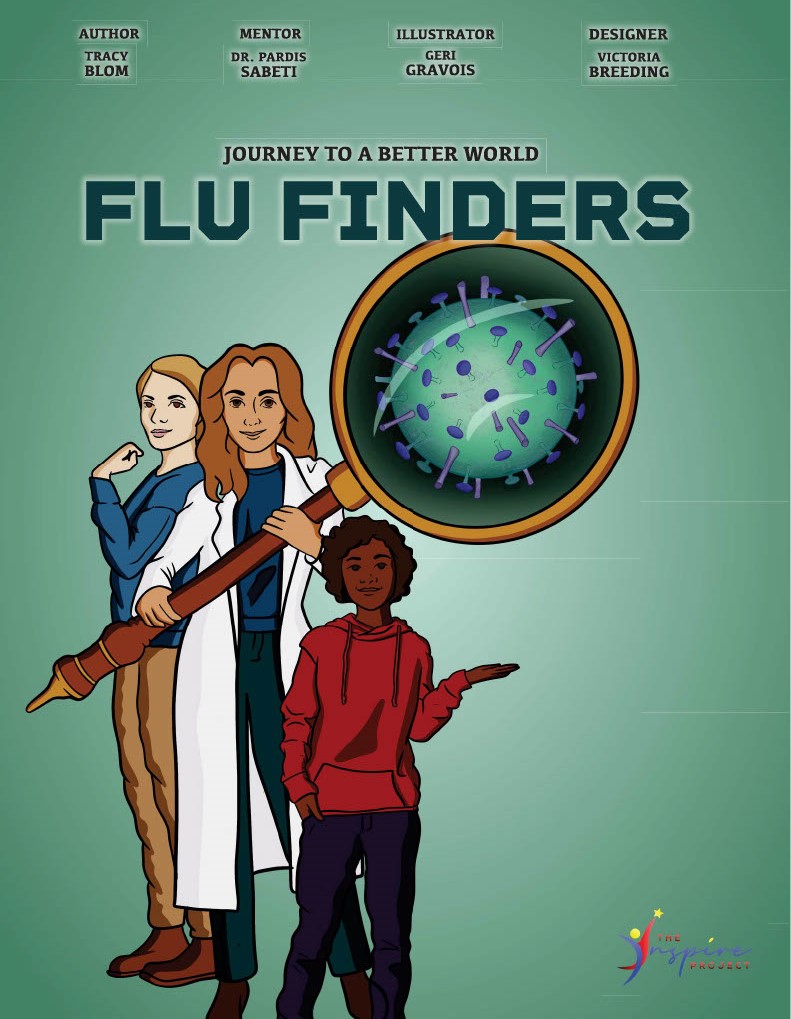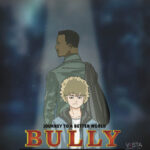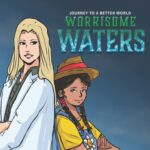“Flu Finders” Teaches What to Do When Sick
Using the influenza virus, Flu Finders explains and reinforces the lessons many young readers were taught about what to do when you get sick.
Reviewed by Jamie Johnson
Flu Finders is the third installment in the Journey to a Better World series. The story focuses on viruses and what happens when just one student goes to school when they’re sick. This book is somewhat more advanced than the previous two and may take a bit more time to study.
Read more about Journey to a Better World: VISTA Center students illustrate first book of “Journey to a Better World” series
The myth of not that sick
A student named Zoe makes a choice that was common practice, at least before the pandemic: she decides to go to school even though she’s sick because she doesn’t feel that bad. The story follows her through her school day, showing all the people and things she interacts with and everyone those people and things interact with after. She stays home from school the next day, but the spread has already happened, and soon everyone starts to feel sick.
The scientist in this book is Dr. Pardis Sabeti, a computational biologist. Computational biologists use “biology, math, chemistry, genetics, and other things to study diseases.” She figures out who was sick first and uses contract tracing to follow how the flu spread. The community comes together to care for everyone who got sick.
Along the way, Dr. Sabeti explains viruses and bacteria and how illness spreads, including ways to prevent the spread that will be familiar to students from their experience with COVID-19: get the vaccine, wash your hands, and stay home if you’re sick.
Contact tracing using the flu
This book sees the introduction of two new student artists: illustrator Geri Gravois and designer Victoria Breeding. Gravois specializes in medical illustration, put to use here particularly for the illustrations of various viruses and bacteria. The look remains consistent with the other books in the series, complete with glossary for some of the technical terms used. Tracy Blom returns with the series’ signature rhyming style.
The activity this time demonstrates contract tracing. Students are given social time, then when they are back in their seats, one is revealed to have been sick. The students are then walked through each of the steps of contact tracing: First, primary contacts. Who did that student personally speak to? (For this reason, a student with friends distributed throughout the class would be a good choice to play the role of the sick student.) Then, secondary contacts—the students the primary contacts talked to. Finally, tertiary contacts, who interacted with the secondary contacts. At this point everyone in the class should be listed as a contact, including the teacher.
There are several other potential jumping off points for further study in a classroom. For example, students could research and present about viruses and bacteria other than the flu. Depending on the class, exploring various topics related to COVID-19 could be another avenue of exploration (such as, how did the US conduct contact tracing?). Or, students might be inspired to follow the community’s example and volunteer to help sick people by delivering groceries or doing other useful tasks. Whether expanding on the biology of viruses and bacteria or moving into social studies, the learning can continue long after the last page is turned!
To get one for yourself or your classroom, go to Journey to a Better World: Flu Finders. Or, contact VISTA to buy in bulk or donate a class set to a school.
Read about the first book in the series: “Worrisome Waters” Tackles Water Pollution
Read about the second book in the series: “Bully Blues” and Unlearning Xenophobia
About the Reviewer
Jamie Johnson is a copy editor, proofreader, and word nerd. In their free time, they can often be found hiking, reading, or talking to cats (all three on a good day).
When you purchase books through links on our website, we may receive a small commission. This helps support our nonprofit programs and charity work. Thank you for your support.




